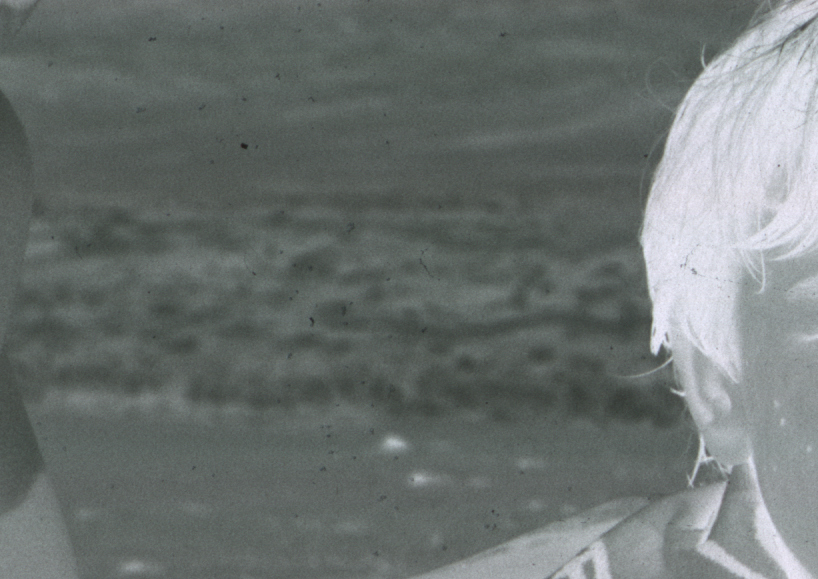I recently developed 18 x Neopan 400-135 rolls, all using the same developer and same fixer. I developed 6 rolls at a time using 3 tanks, so 2 rolls in each tank. All the rolls came out fine except for 2 rolls developed in the same tank. As per the sample shot below (click to see a larger image) there's white dots everywhere on the scans of these 2 rolls only. Beats me why only these two rolls are like this... what the heck happened here folks? 😕😕😕






